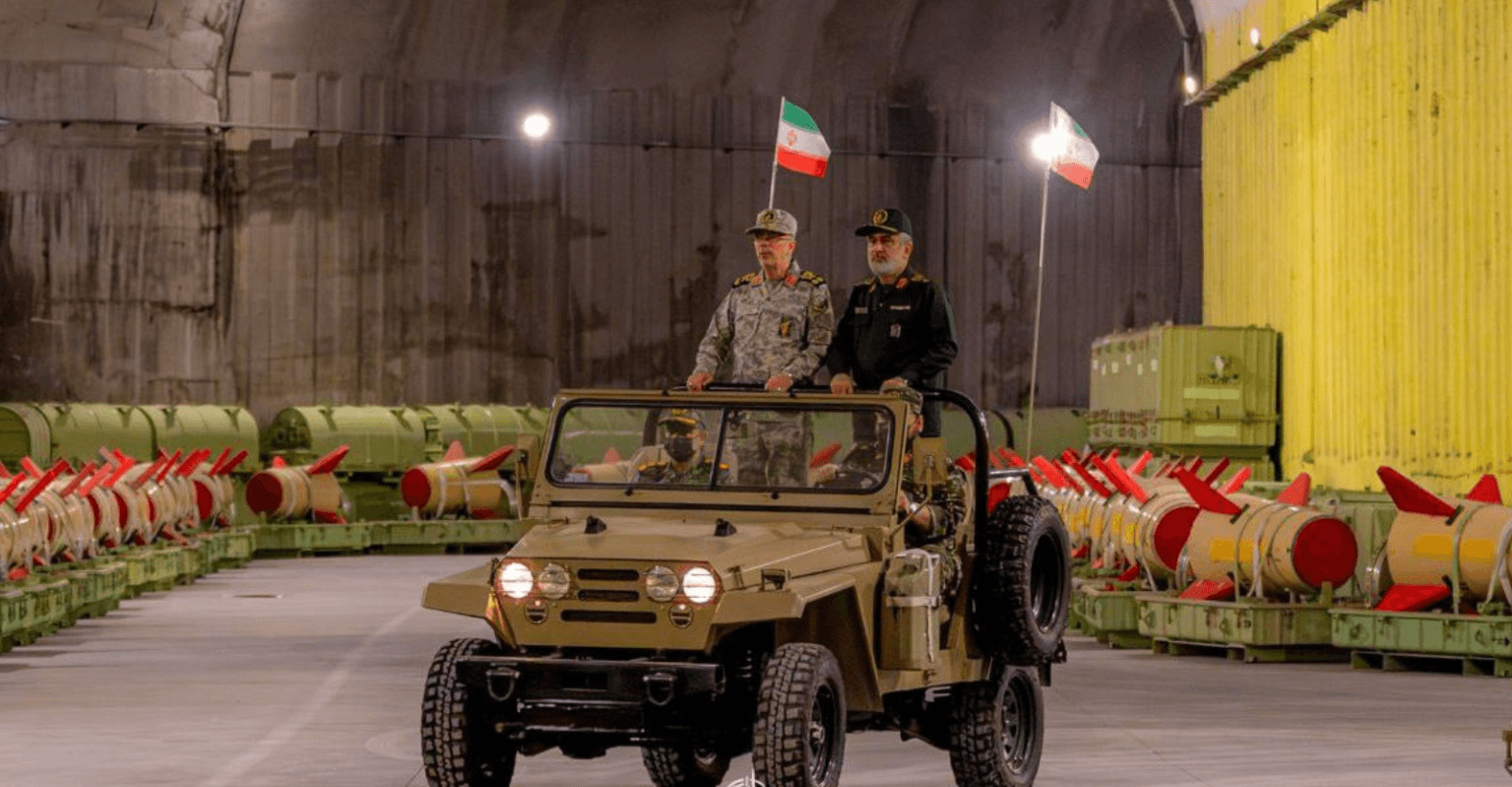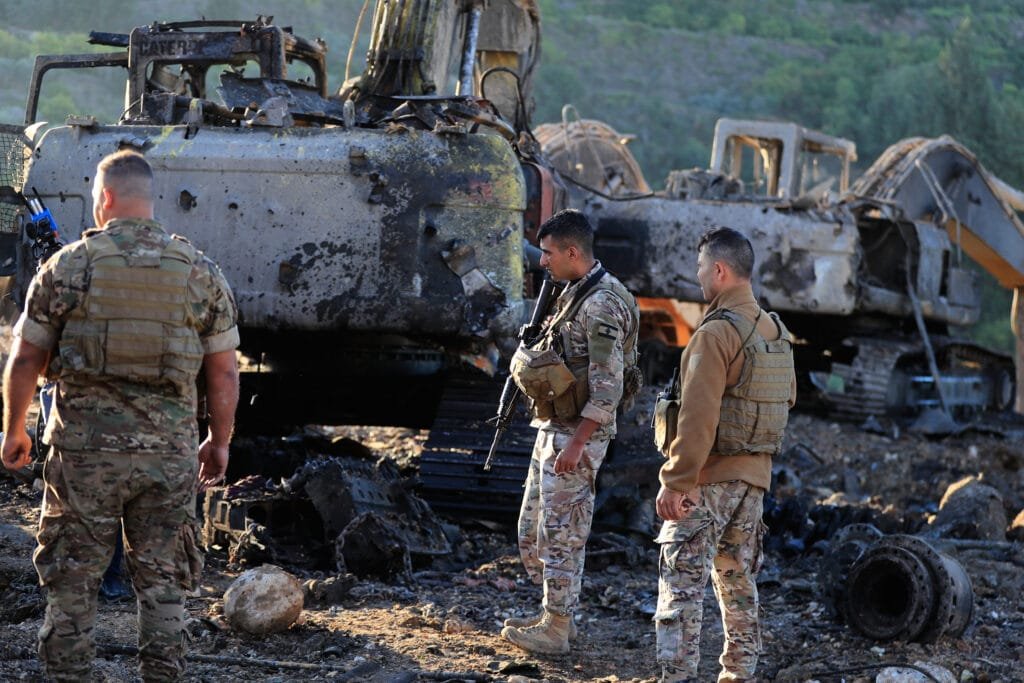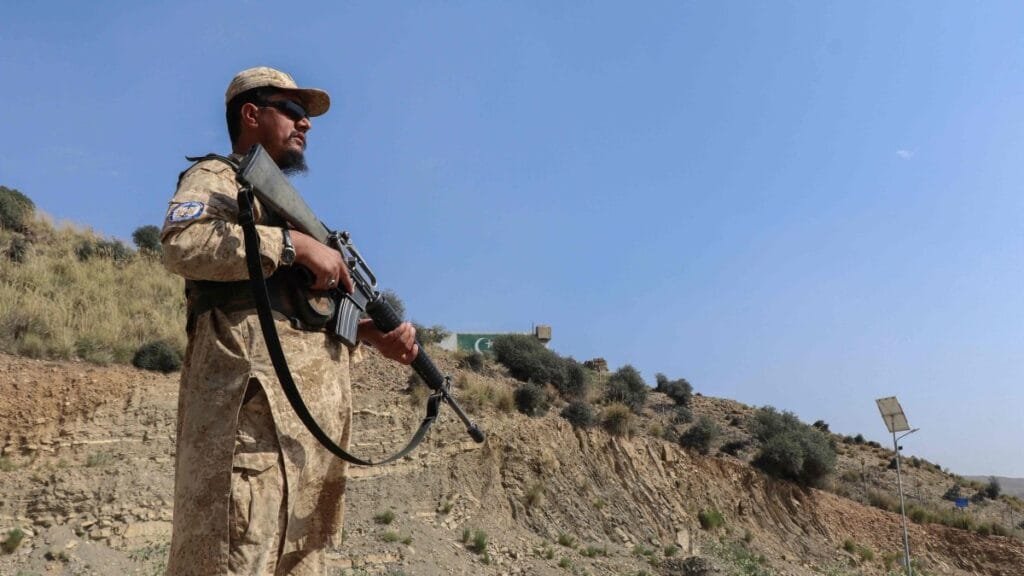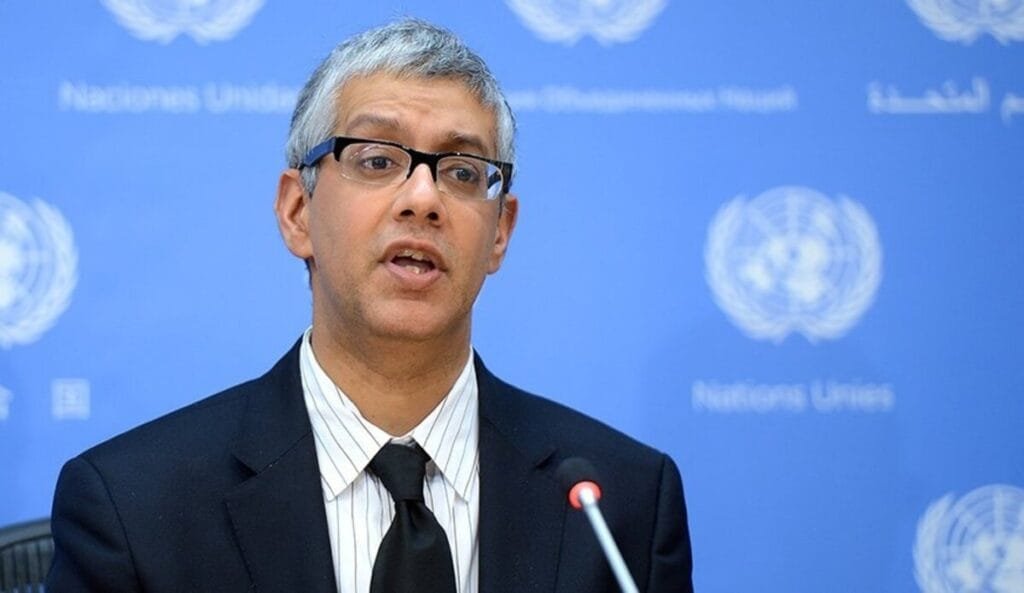Iran’s Islamic Revolutionary Guard Corps (IRGC) unveiled a vast underground missile facility, referred to as a “missile city,” showcasing the nation’s advanced ballistic missile capabilities. State media broadcasted footage revealing an extensive network of tunnels housing thousands of missiles, including models such as the Emad, Sejil, Qadr H, Kheibar Shekan, and Haj Qassem.
The unveiling ceremony was attended by high-ranking military officials, including Major General Mohammad Bagheri, Chief of Staff of Iran’s Armed Forces, and Brigadier General Amir Ali Hajizadeh, commander of the IRGC Aerospace Force. Their presence underscores the strategic importance Iran places on its missile program amid escalating tensions with the United States and Israel.
This development follows Iran’s recent test-firing of the Ghadr-380, an anti-warship cruise missile with a range exceeding 1,000 kilometers (600 miles), capable of threatening U.S. Navy vessels in the Persian Gulf and the Sea of Oman. The missile was launched from an underground facility on Iran’s southern coast, highlighting the operational readiness of these subterranean complexes.
The construction of such underground facilities is part of Iran’s broader strategy to protect its missile assets from potential aerial attacks and to ensure a second-strike capability. However, analysts have raised concerns about potential vulnerabilities in the design and construction of these complexes.
The unveiling of the missile city is perceived as a demonstration of Iran’s deterrent capabilities and a signal of its preparedness to respond to external threats.





